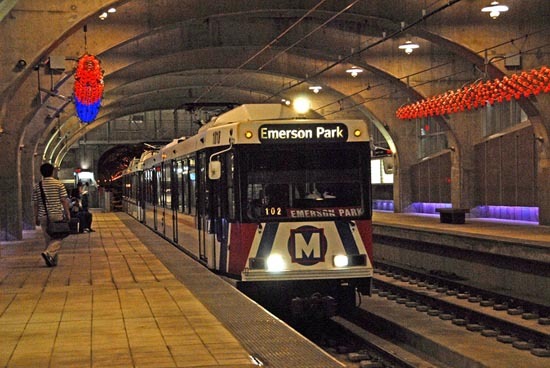Dear EarthTalk: What’s behind the rise in public transit in the
Transit ridership is indeed at its highest level in the
According to data collected by the American Public Transportation Association (APTA), Americans took 10.7 billion trips on public transportation in 2013—the highest number since the 1950s when many fewer of us owned our own cars.
And this increase “isn’t just a one-year blip,” says APTA. Since 1995—when Congress passed the landmark ISTEA legislation and other surface transportation bills that greatly increased funding for public transit—U.S. ridership has risen 37.2 percent, topping both population growth (up 20.3 percent) and vehicle miles traveled (up 22.7 percent). “There’s a fundamental shift going on,” says APTA’s president Michael Melaniphy. “More and more people are deciding that public transportation is a good option.”
A number of factors are contributing to Americans’ embrace of transit in recent years. For one, the flow of federal dollars to transportation alternatives since 1995 has meant more options than ever are available to those leaving their cars behind: Melaniphy reports that in the last two years, upwards of 70 percent of transit tax initiatives have passed, providing lots more funding for beefing up transit projects coast-to-coast. Another factor is the economic recovery. “When more people are employed, public transportation ridership increases, since nearly 60 percent of the trips taken on public transportation are for work commutes,” says Melaniphy. “People in record numbers are demanding more public transit services and communities are benefiting with strong economic growth.”
Despite these gains, the
The
Given
CONTACTS: APTA, www.apta.org; The Atlantic, www.theatlantic.com; National Geographic Greendex, environment.nationalgeographic.com/environment/greendex.
EarthTalk® is written and edited by Roddy Scheer and Doug Moss and is a registered trademark of E – The Environmental Magazine (www.emagazine.com). Send questions to: earthtalk@emagazine.com
{jathumbnail off}








